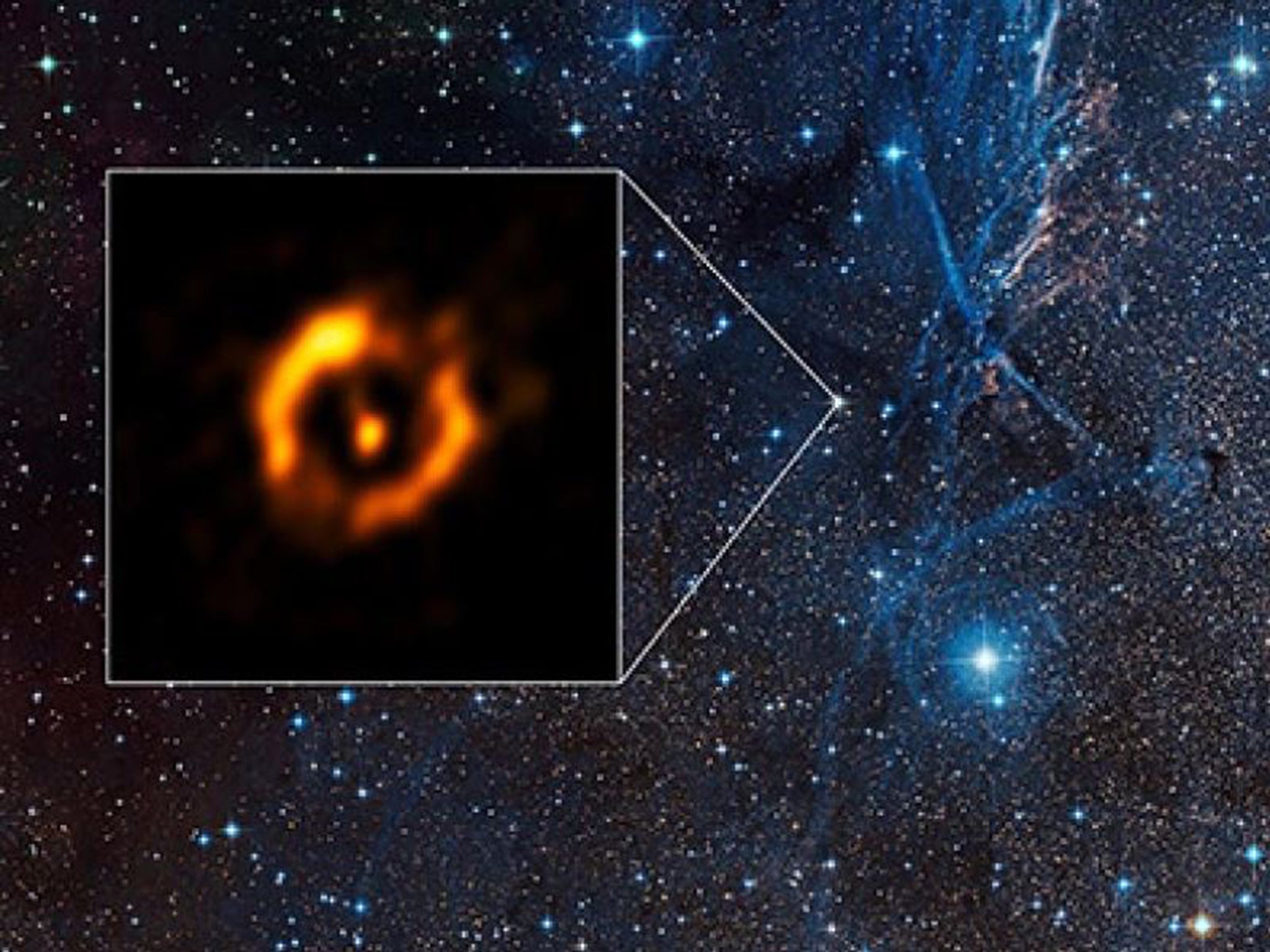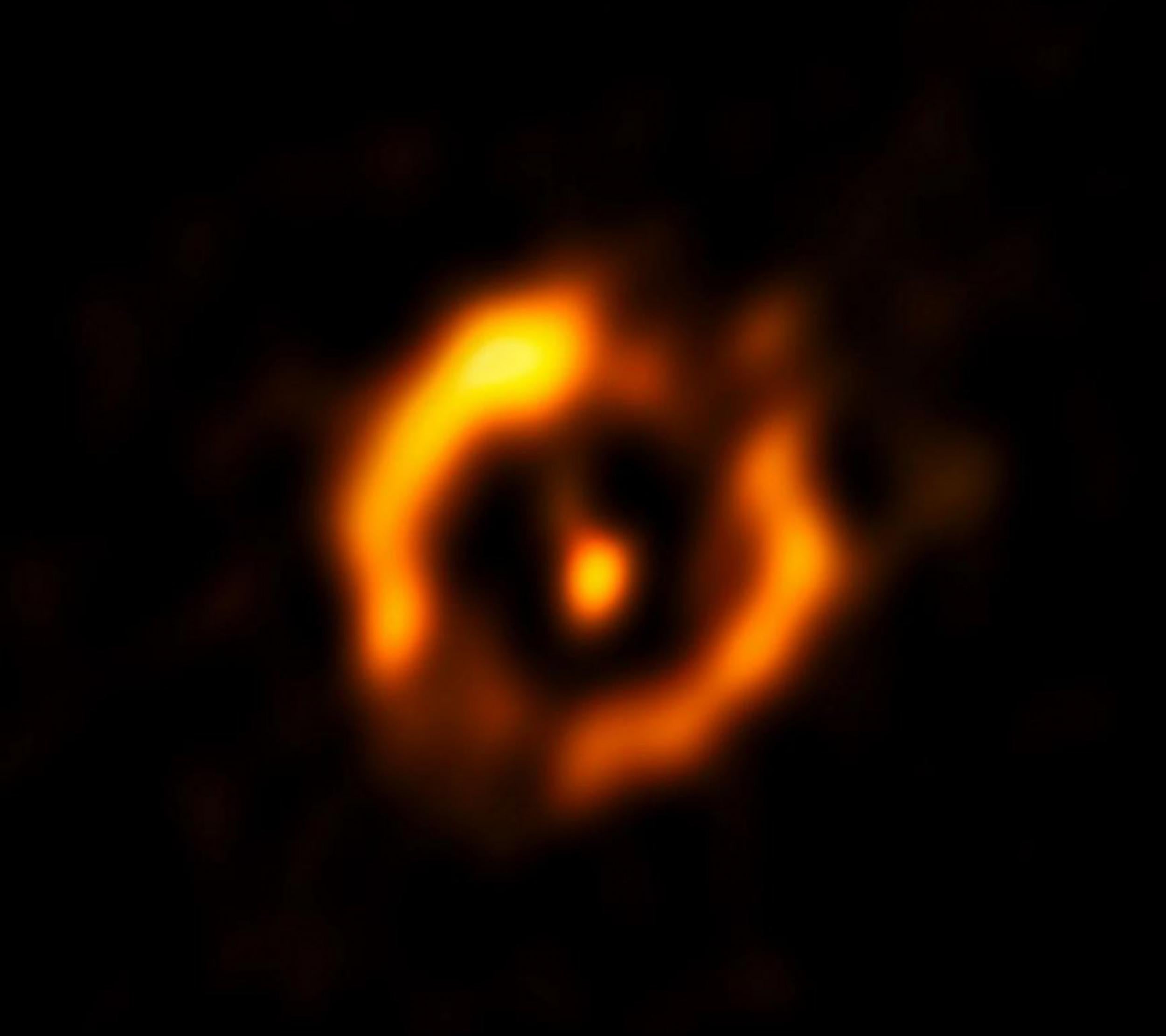Ageing star’s dusty halo could mean it’s still churning out planets
Host of the dust disk is a double star called IRAS 08544-4431, which sits about 4,000 light years away from us

Your support helps us to tell the story
From reproductive rights to climate change to Big Tech, The Independent is on the ground when the story is developing. Whether it's investigating the financials of Elon Musk's pro-Trump PAC or producing our latest documentary, 'The A Word', which shines a light on the American women fighting for reproductive rights, we know how important it is to parse out the facts from the messaging.
At such a critical moment in US history, we need reporters on the ground. Your donation allows us to keep sending journalists to speak to both sides of the story.
The Independent is trusted by Americans across the entire political spectrum. And unlike many other quality news outlets, we choose not to lock Americans out of our reporting and analysis with paywalls. We believe quality journalism should be available to everyone, paid for by those who can afford it.
Your support makes all the difference.When stars are young, they often host massive rings of dusty material — the ingredients that will form their future planets. And late in life, scientists have found, stars sometimes form similar disks a second time. The images above, taken with the Very Large Telescope Interferometer (VLTI) at ESO's Paranal Observatory in Chile, provide the sharpest-ever glimpse of one of these mature star disks.
Scientists still aren't sure whether this star — or other dusty ones of the same age — are actually making planets so late in life. But the new images show that the disks of new and old stars are strikingly similar.

The host of the dust disk is a double star called IRAS 08544-4431. It sits about 4,000 light years away from us.
“By combining light from several telescopes of the Very Large Telescope Interferometer, we obtained an image of stunning sharpness — equivalent to what a telescope with a diameter of [nearly 500 feet] would see,” Jacques Kluska, an Exeter University researcher who helped to image the star system, said in a statement.
“The resolution is so high that, for comparison, we could determine the size and shape of one Euro coin seen from a distance of [1,243 miles].”
In addition to a clear picture of the ring itself — dust thrown off by the decrepit red giant — the researchers believe they can detect a fainter ring around the smaller companion star, as well.
Copyright: Washington Post
Join our commenting forum
Join thought-provoking conversations, follow other Independent readers and see their replies
Comments